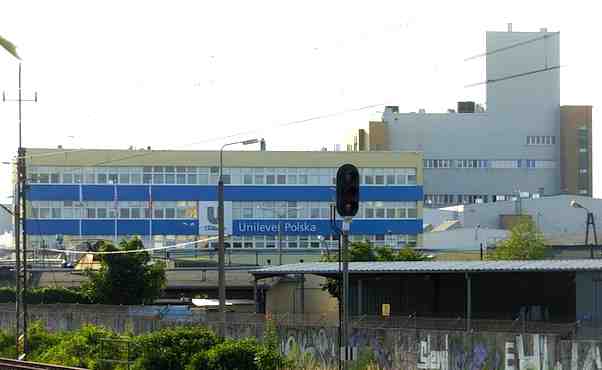
Unilever’s corporate structure is responsible for ensuring adequate support for product innovation in the firm’s global business. A company’s organizational structure or corporate structure is the design that defines the arrangement and systems used to build and interconnect various organizational components, such as offices and teams. Unilever’s organizational structure adapts to changes in the consumer goods industry and global market. At present, the company maintains a structure that addresses corporate needs in terms of managing product types across the world. As a leading consumer goods firm, Unilever has an organizational structure that suitably supports diversified global operations.
With an organizational structure that enables effective product development, Unilever continues its position as one of the biggest consumer goods companies in the world. Such organizational structural design ensures Unilever’s continuing success despite the complexity of its global operations. Thus, this organizational design facilitates the achievement of goals and objectives for satisfying Unilever’s mission statement and vision statement.
Features of Unilever’s Organizational Structure
Unilever has a product type divisional organizational structure. The organization is divided into components based on their product focus. For example, the company has a division for personal care products and another division for home care products. The following are the main characteristics of Unilever’s organizational structure:
- Product type divisions (most significant feature)
- Corporate executive teams
- Geographic divisions (least significant feature)
Product Type Divisions. A product type division functions as a unit that enables Unilever to manage the development, manufacturing, distribution, and sale of its consumer goods. For example, corporate managers use this feature of the organizational structure to match markets needs with appropriate products. An advantage of this structural characteristic is its facilitation of the company’s efforts to apply product differentiation, which is Unilever’s generic strategy for competitive advantage. This corporate structure is beneficial, especially because the company already has a diverse portfolio of products. Unilever maintains the following product type divisions in its organizational structure:
- Personal Care
- Foods
- Home Care
- Refreshment
Corporate Executive Teams. Corporate teams (departments) are a secondary characteristic of Unilever’s company structure. This structural feature is based on business functions. For example, the consumer goods business organization has a team for finance and another team for marketing communications. These teams make up the Unilever Leadership Executive (ULE) group. The following are the corporate executive teams in Unilever’s organizational structure:
- Office of the Chief Executive
- Human Resources
- Research & Development
- Supply Chain
- Refreshment
- Personal Care
- North America
- Home Care
- Finance
- Legal
- Foods
- Marketing & Communications
- Europe
Geographic Divisions. Geographic divisions are a minor feature of Unilever’s organizational structure. The company uses this structural characteristic to support regional strategies. For example, Unilever’s marketing mix (4P) and marketing strategies for Europe are different from strategies applied for Asian consumer goods markets. Also, this corporate structure feature is used to analyze the company’s financial performance. The following geographic divisions are maintained in Unilever’s organizational structure:
- Asia Pacific and Africa
- The Americas
- Europe
Unilever’s Structure Implications, Advantages & Disadvantages
An advantage of Unilever’s organizational structure is its support for product development and innovation. For example, each product type division has its semi-autonomous capabilities to develop products that directly suit the needs in consumer goods market segments. This corporate structure is also advantageous because it enables Unilever to differentiate its products despite the global extent of its operations. These advantages mean that the company structure contributes to the business strengths enumerated in the SWOT analysis of Unilever.
A disadvantage of Unilever’s organizational structure is its limited flexibility for regional strategic implementation. Even though geographic divisions are one of its structural features, the company focuses more on product type divisions. As a result, there is limited support for market-specific or regional strategic reforms. Thus, to improve this business structure, a recommendation is that Unilever must increase its emphasis on geographic divisions to empower regional managerial teams. Such a structural change improves strategic effectiveness in regional consumer goods markets.
References
- Lekkerkerk, L. J. (2024). The Model Innovation and Organizational Structure: A Zoom Lens on Organizational Structure. In European Perspectives on Innovation Management (pp. 13-44). Cham: Springer International Publishing.
- Malenko, N. (2024). Information flows, organizational structure, and corporate governance. In Handbook of Corporate Finance (pp. 511-546). Edward Elgar Publishing.
- Unification of Unilever’s legal structure.
- Unilever – Form 20-F.
- Unilever – Our Leadership.